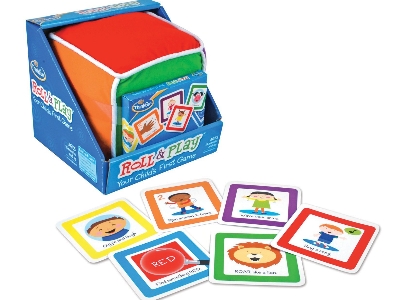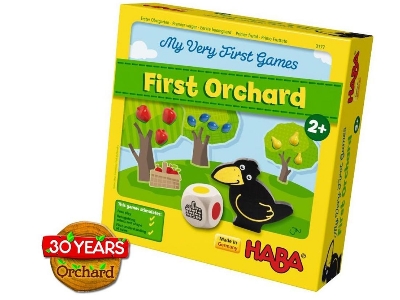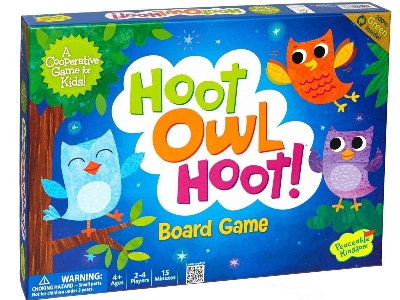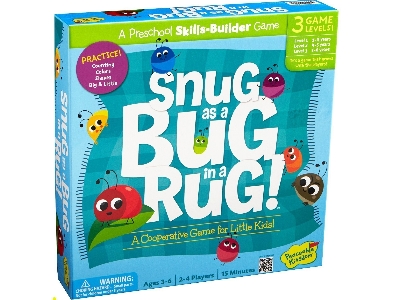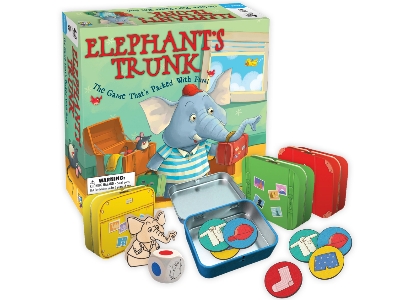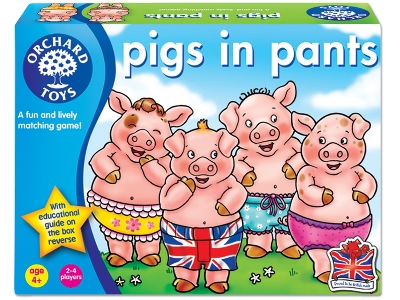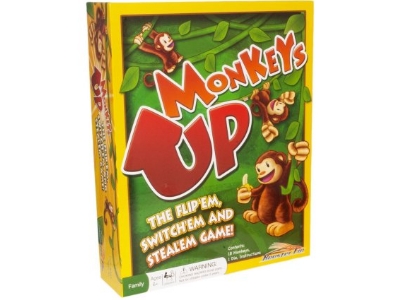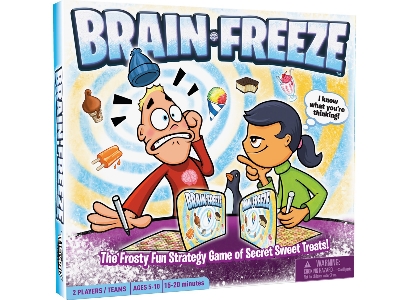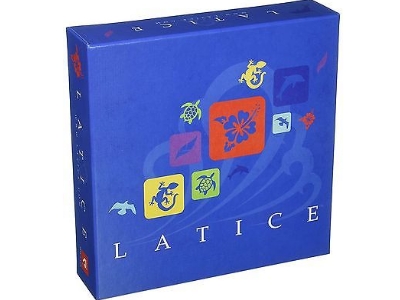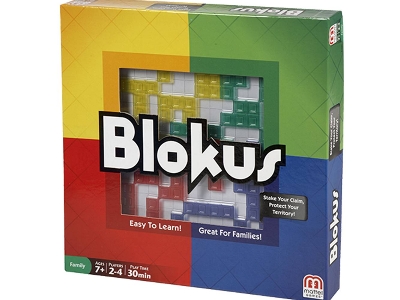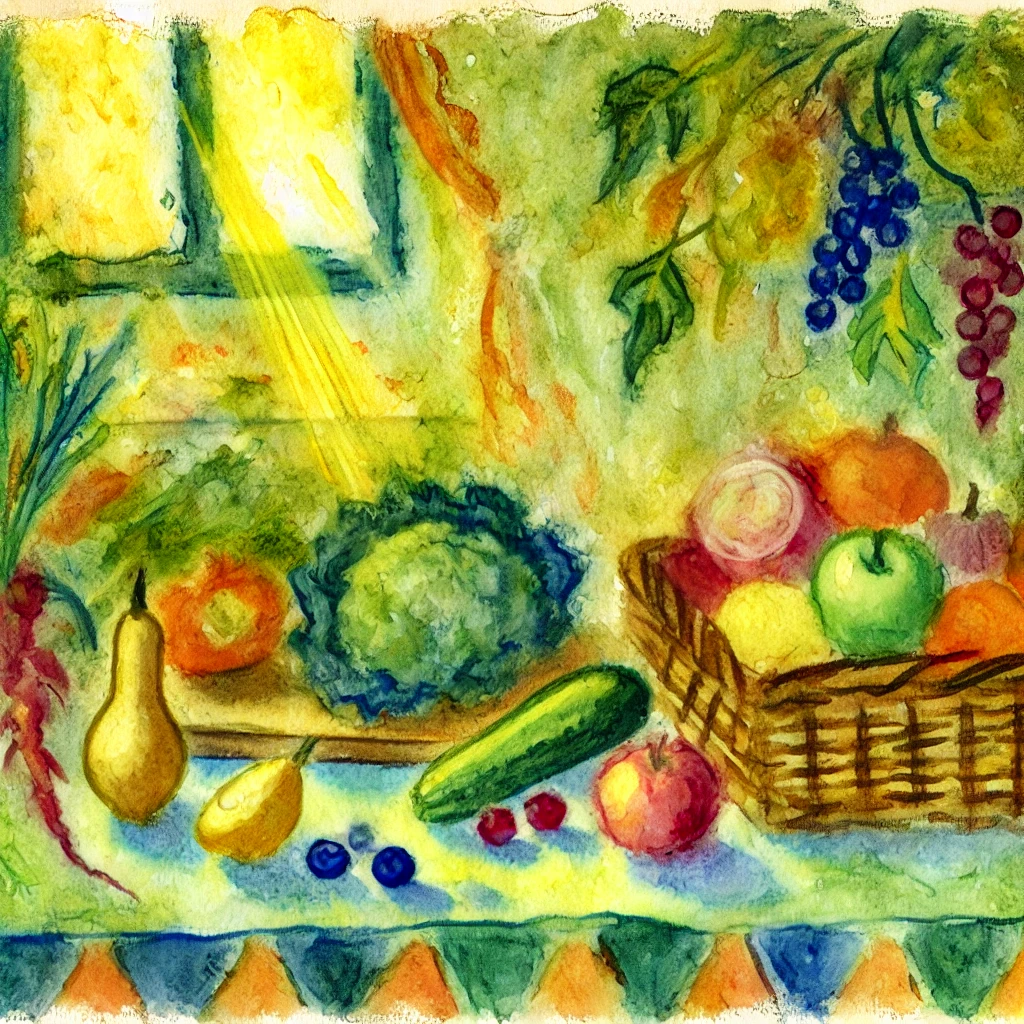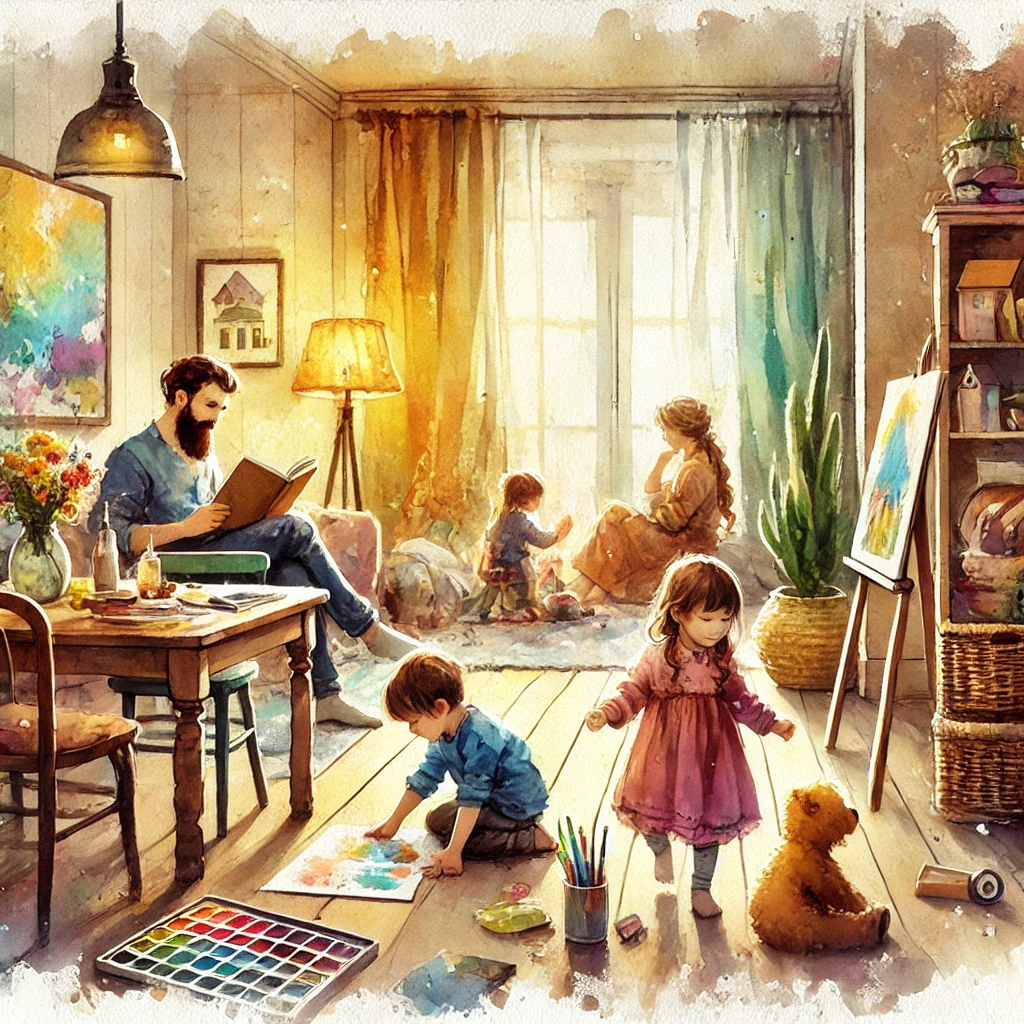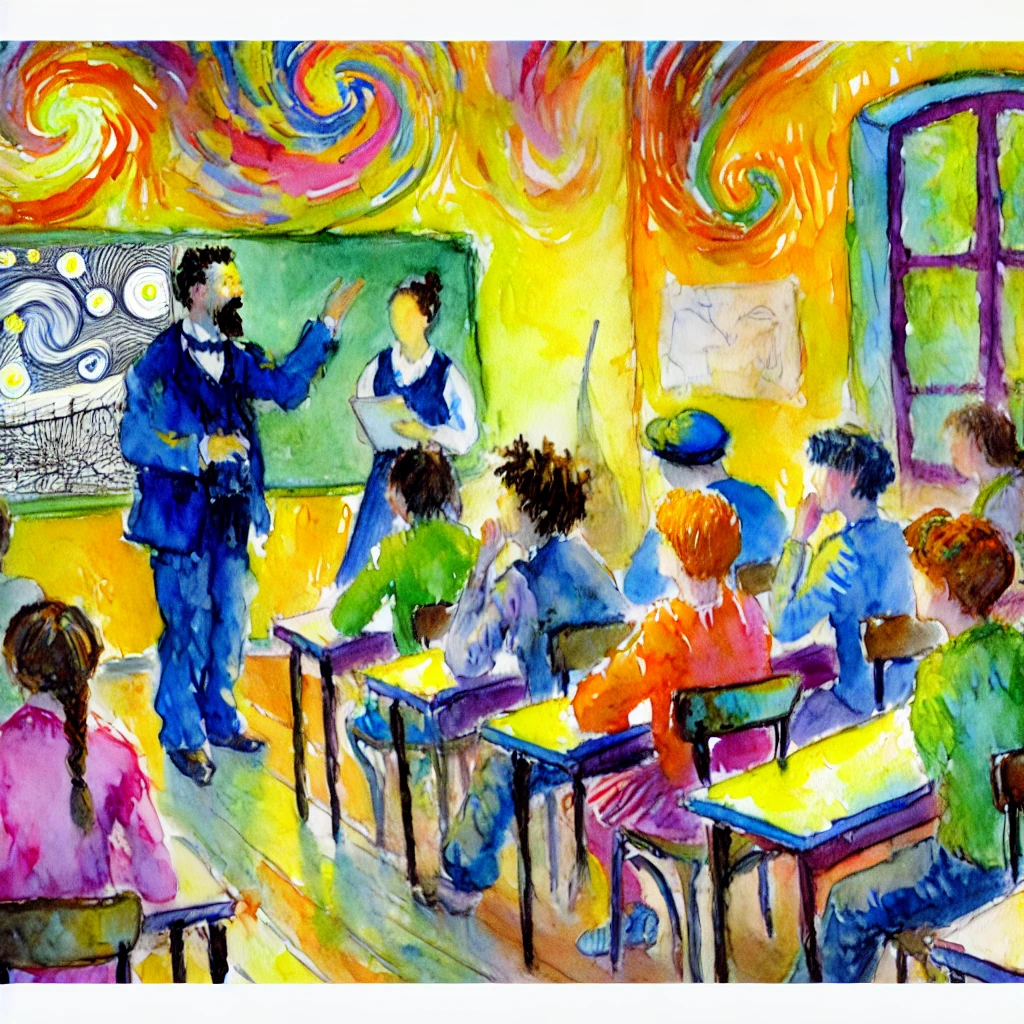The Best Educational Board Games for Kids
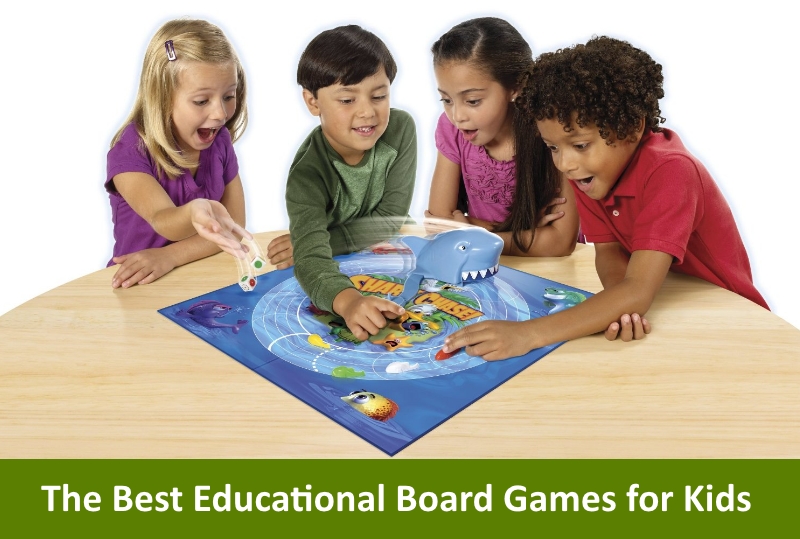
Find your perfect college degree

The best way for a child to learn is through hands-on experience and fun. Board games are capable of increasing a child’s brain power and skills while being able to spend much-needed quality time with the family.
There are several benefits to playing board games:
- Learn the concept of following the rules
- Deal with moral problems and what is right and wrong
- Learn to detect patterns
- Learn to plan ahead
- Enhance thinking skills
- Encourages logical reasoning
- Improve memory function
- Learn alternate outcomes
- Gain social skills
- Reasoning skills
- Teamwork
- Learn how to be a good sport
Cooperative Game Play
Cooperative gameplay encourages all the players to work together to achieve success in the game. It helps to develop social skills and teamwork while providing a fun and enjoyable experience while further developing other skills such as learning how to follow directions, help the other players, and develop relationships. Cooperative gameplay develops a strong sense of community among the players as they all reach for a common goal and outcome.
When choosing a good educational board game, you will want to find something that involves strategy, rather than just luck. You want to encourage your child to think through their options and weigh their decision before they make a move. It enhances their critical thinking and problem-solving skills.
Different games can teach different skills. Monopoly, for example, teaches financial skills, while Chutes and Ladders can help teach about the number line.
Price Guide:
$ Under $100
$$ $100 – $200
$$$ $200 or more
Best Educational Board Games for Toddlers
1. ThinkFun Roll and Play Board Game
The Thinkfun Roll and Play Board game introduces your child to roll and play activity with the aid of a plush cube and 48 different game cards. It encourages creativity, active play, and motor skills. Along with the game cards and plush cube, you also receive a storage packet for the cards and a parent’s guide to help your child through their learning journey.
To Play
The child will start by tossing the plush cube and identifying the color that lands facing up. The child then has to choose a matching game card for the corresponding color and perform the activity. Activities include “Make a Happy Face,” “Moo like a cow,” and “find something blue.”
Skills the Child Can Learn
- Colors
- Counting
- Social interaction
- Emotions
- Image and word recognition
|
Price |
$ |
|
Recommended Age Group |
18 months and up |
|
Key Points |
Endless learning possibilities, encourages social interaction and engagement and encourages creative exploration |
2. HABA My Very First Games-First Orchard
The First Orchard game is designed for children two years old and up and encourages shape and color recognition, as well as teaching your child how to follow simple rules. It is suitable for one to four players and takes about ten minutes to play through. It doubles as a game and a pretend play set. All of the pieces are larger and safe for smaller hands, and it includes a basket to encourage cooperative play.
To Play
The children roll the die and collect the fruit and try to harvest all the fruit before the raven can reach the orchard. If the child rolls the raven, then the raven moves one step closer.
Skills the Child Can Learn
- Social skills
- Color recognition
- Numbers and counting
- Shape recognition
|
Price |
$ |
|
Recommended Age Group |
Two years old and up |
|
Key Points |
Doubles as pretend play and a board game, specially designed for younger players, can be played alone or with others |
3. Peaceable Kingdom Hoot Owl Hoot! Cooperative Board Game
The Hoot Owl Hoot! Board Game is an award-winning color-coded cooperative matching game. It features two different play levels so that it will grow with your child. It teaches children to work together because they all have to be successful to win this game. It is designed for two to four players and requires simple strategy and encourages social development, positive self-esteem, playfulness, and cooperation.
To Play
The children will play a color card and then fly to the corresponding space on the board. If a sun card is drawn, then they are one step closer to daylight. The object of the game is to get all of the owls’home before the sun rises. This game encourages teamwork rather than competitive play, so the children cannot win unless they learn to work together.
Skills the Child Can Learn
- Simple strategy
- Problem-solving
- How to follow directions
- Social development
- Cooperation
- Color recognition
|
Price |
$ |
|
Recommended Age Group |
Four to eight years old |
|
Key Points |
Cooperative game that promotes a non-stressful play situation, emotional development, decision making, and promotes a strong sense of community among the players |
Best Educational Board Games for Preschoolers
4. Peaceable Kingdom Snug as a Bug in a Rug Preschool Skills Builder Game
Snug as a Bug in a Rug is a bug matching game that features three play levels so that the game grows with your child. All the players must work together to hide the matching bugs under the rug before the stink bugs come by. This game has won several awards including the Oppenheim Toy Portfolio Platinum Award and Dr. Toy 10 Best Educational Toys Award.
To Play
This game comes with a game board with built-in spinner, 24 colorful bugs, three stink bugs, one die, and instructions because there are three different ways to play. Ultimately, the child must use their matching skills to succeed while working together with their fellow players.
Skills the Child Can Learn
- Color, number, and shape recognition
- Social interaction
- Counting
- Visual discrimination
- How to take turns and follow directions
|
Price |
$ |
|
Recommended Age Group |
Three to six years old |
|
Key Points |
Encourages cooperative play and teamwork and teaches the basic rules of gameplay like taking turns and rolling a die |
5. Elephant’s Trunk
Elephant’s Trunk is a fun and interactive game for preschoolers that uses wooden pieces and small tin suitcases. There are approximately 15 minutes of gameplay, and no reading is required. The game is designed for two to four players at a time. Emmet, the elephant, needs help packing before the sneaky mouse can come and dump everything out of his suitcase.
To Play
The children will take turns rolling the die, and with every roll, they will place a piece of clothing into the elephant’s suitcase while matching the colors up. Always be aware of the little mouse that is trying to sneak up and cause disaster for the elephant’s trip.
Skills the Child Can Learn
- Color identification
- Motor skill development
- Pattern identification
|
Price |
$ |
|
Recommended Age Group |
Four to eight years old |
|
Key Points |
No reading required, simple and straight-forward game rules, encourages social interaction with other players |
6. Pigs in Pants Board Game
The Pigs in Pants Board Game is a fun and colorful matching game that requires strategic thinking to win. The child will want to collect the most pairs of pants on the pig by matching the patterned pants to the four cards. The other players shout, “I’m going to pinch your pants!” This is an exciting game that encourages interaction and fun while being able to yell and be silly.
To Play
Match the patterned pants to the four cards located in the center of the board game and pinch pants from the other players to get the most. Just remember, that your cards can be easily pinched by another player so carefully anticipate all the moves that are made.
Skills the Child Can Learn
- Matching and memory skills
- Observational skills
- Personal and social skills
- Color recognition
- Critical thinking skills
- Analytical skills
|
Price |
$ |
|
Recommended Age Group |
Four to five years old |
|
Key Points |
Requires strategic thinking, it can get loud, requires matching skills |
7. Monkeys Up Educational Family Game
Monkeys Up is fun for the entire family. All the players compete to get the best score by flipping, switching, and stealing monkeys. It requires one to six players and is a game that involves memory and strategy. The game comes with eighteen plastic monkeys, one cube, and a simple instruction booklet for gameplay. The game is simple and easy to learn and fun for the entire family regardless of age.
To Play
Every monkey will have a value that is hidden under their feet, and you will only be able to see this value if the monkey is flipped. To win, the players must switch, steal, and flip the monkeys the best to reveal all the hidden values and get the best score.
Skills the Child Can Learn
- Memory skills
- Strategy
- Critical thinking
- Social development
|
Price |
$$ |
|
Recommended Age Group |
Six years old and up |
|
Key Points |
Encourages quality family time and laughter while educating and improving thinking and memory skills |
Best Educational Board Games for Grade School Aged Children
8. Brain Freeze from Mighty Fun
Brain Freeze is an award-winning board game that is perfect for kids and families. It is a great way for your child to learn strategy, logic, deduction, and memory while combining elements of other popular strategy games. It requires two players, or you can split off into two teams with two players each. The players or teams must race to guess the secret sweet treat that the other player or team has chosen.
To Play
The game includes two brain freeze grid boards, two secrecy shields with stands, two dry erase pens, two dry erase wipe cloths, and a rulebook. You must use strategic thinking, logic, and deduction to guess what treat the other team has chosen. Players make their guesses, record their answers, and continue to eliminate variables until they feel that they can guess the treat correctly.
Skills the Child Can Learn
- Social interaction
- Improved memory function
- Deductive reasoning
- Logical thinking
|
Price |
$$ |
|
Recommended Age Group |
Five to ten years old |
|
Key Points |
Promotes quality family time and improves critical thinking skills and memory function |
9. Latice Board Game (Standard Edition)
Latice is a game of strategy and requires two to four players for game play. It involves simple rules that combine with strategy. It takes three minutes to learn the game, 20 minutes to play the game, and a lifetime to master the game! In the game, you must match tiles by color or shape and match on different sides to gain more moves.
To Play
Latice comes with 84 cardboard tiles, a 14” game board, four tile racks, 32 acrylic stones, the box and an 11-page instruction manual. The players must match their tiles by shape and color and use strategic thinking skills to move their tiles, wind them, or shift them around the board to get ahead of the other players. The first person to play all of their tiles is the winner.
Skills the Child Can Learn
- Critical thinking skills
- Strategic thinking skills
- Cognitive skills
- Interpersonal skills
- Special recognition
- Planning
|
Price |
$$ |
|
Recommended Age Group |
Six years old and up |
|
Key Points |
Fun for the entire family, teaches strategy and offensive and defensive playing skills |
10. Mattel Blokus Game
The Blokus Game by Mattel is a strategy game that is suitable for the entire family. It takes less than a minute to learn and features fun challenges for everyone. Game time for this game is approximately 30 minutes and is a very fast-paced game with endless possibilities. Blokus Game also won a Mensa award for promoting healthy brain activity and encourages friendly competition between all the players.
To Play
All the players take turns and place their 21 pieces on the board so that each piece touches another piece of the same color at the corners. You claim your territory by fitting as many of your pieces on the board while also blocking the other players. The player with the lowest number of pieces remaining wins the game.
Skills the Child Can Learn
- Strategy
- Social development
- Follow directions and rules of game play
- Critical thinking
|
Price |
$ |
|
Recommended Age Group |
Five to fifteen years old |
|
Key Points |
Encourages family time, social interaction, and strategic thinking skills |

